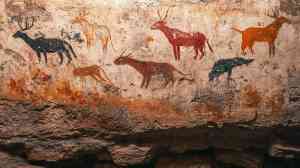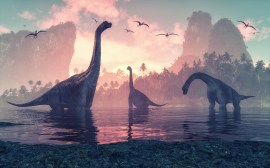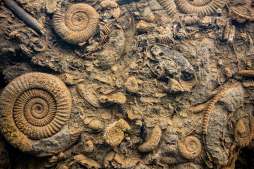The Role of Ancient Species Die-Offs in Shaping Current Ecological Policies

Understanding the history of life on Earth, particularly the mass extinctions that have occurred over millions of years, provides valuable insights into how ecosystems respond to major changes. Ancient species die-offs serve not only as a record of past biodiversity loss but also offer critical warnings for our present and future ecological challenges.
What Were Ancient Extinctions?
Ancient extinctions refer to significant periods in Earth’s history when large numbers of species suddenly disappeared. These events, such as the Permian-Triassic extinction or the Cretaceous-Paleogene extinction, reshaped the planet’s biological diversity dramatically. Studying these ancient die-offs helps scientists understand patterns and causes behind rapid ecological change.
Causes Behind Past Mass Extinctions
Various factors contributed to these ancient extinctions including volcanic eruptions, asteroid impacts, climate shifts, and oceanic changes. Often it was a combination of multiple stresses that overwhelmed ecosystems. These triggers resulted in habitat loss, food chain disruptions, and widespread environmental stress leading to extensive species mortality.
Lessons Learned for Modern Ecology
By analyzing how ecosystems collapsed during past mass extinctions and how life eventually rebounded, researchers gain insights into resilience and vulnerability. This knowledge informs modern conservation strategies by highlighting potential tipping points in today’s environment caused by human activities like deforestation, pollution, and greenhouse gas emissions.
Influence on Current Ecological Policies
Governments and organizations increasingly incorporate lessons from ancient extinctions when crafting policies aimed at preventing biodiversity loss. For instance, understanding thresholds beyond which ecosystems fail guides protected area designations and restoration efforts. It also emphasizes urgent action against accelerating climate change to avoid repeating catastrophic outcomes experienced millions of years ago.
The Importance of Public Awareness
Educating communities about the parallels between ancient die-offs and contemporary environmental threats fosters public support for sustainability initiatives. Recognizing that Earth’s history includes dramatic losses but also recovery encourages a proactive mindset towards conservation efforts needed today.
In summary, ancient species die-offs are more than just chapters in Earth’s past; they provide crucial warnings that shape how we address modern ecological challenges. By learning from these historic events, society can develop informed policies aimed at preserving biodiversity for future generations.
This text was generated using a large language model, and select text has been reviewed and moderated for purposes such as readability.











